Design for Promotional Products
We offer clean, clear and unique designs with your company’s image in mind. Whether you are interested in creative logos, apparel designs, marketing brochures, newsletters, or trade show displays our professional and skilled graphic designers are here to create your vision – or the vision you didn’t know you wanted until you saw it!
We pride ourselves on the ability to work closely with our customers and produce the perfect layout, color palette and design elements that bring your concept to life. Call us any time. Seriously, our creative experts are a little OCD, so an unfinished task is like a hanging thread on a T-shirt – they are incredibly allergic to loose ends.
Our Graphic Design Services Include:
Logo | T-Shirt | Stationary | Brochure | Business Card | Packaging | Postcard | Flyer | Rack Card | Custom Illustration | Trade Show | Newsletter | Poster | Banner | Signage
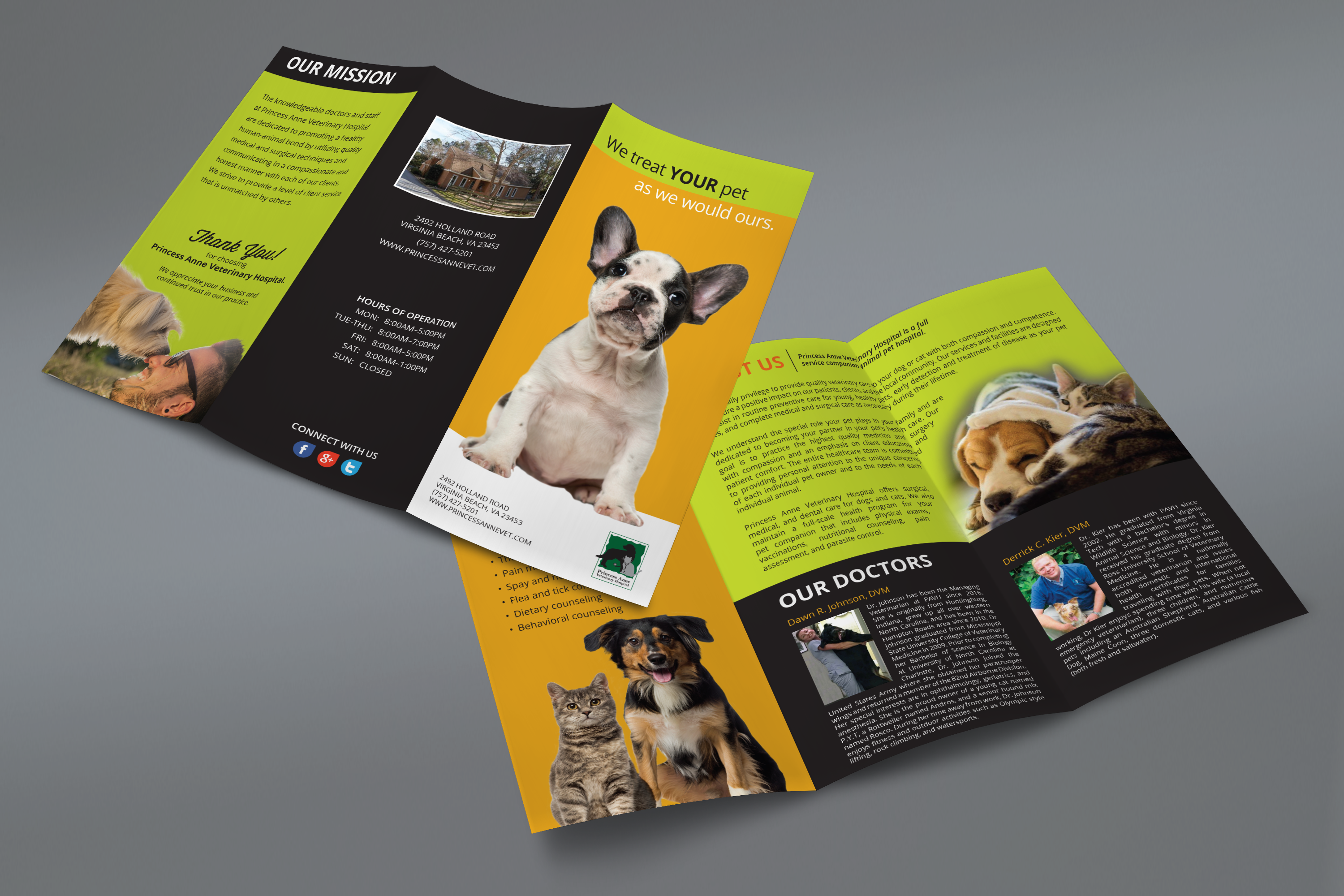
BROCHURES
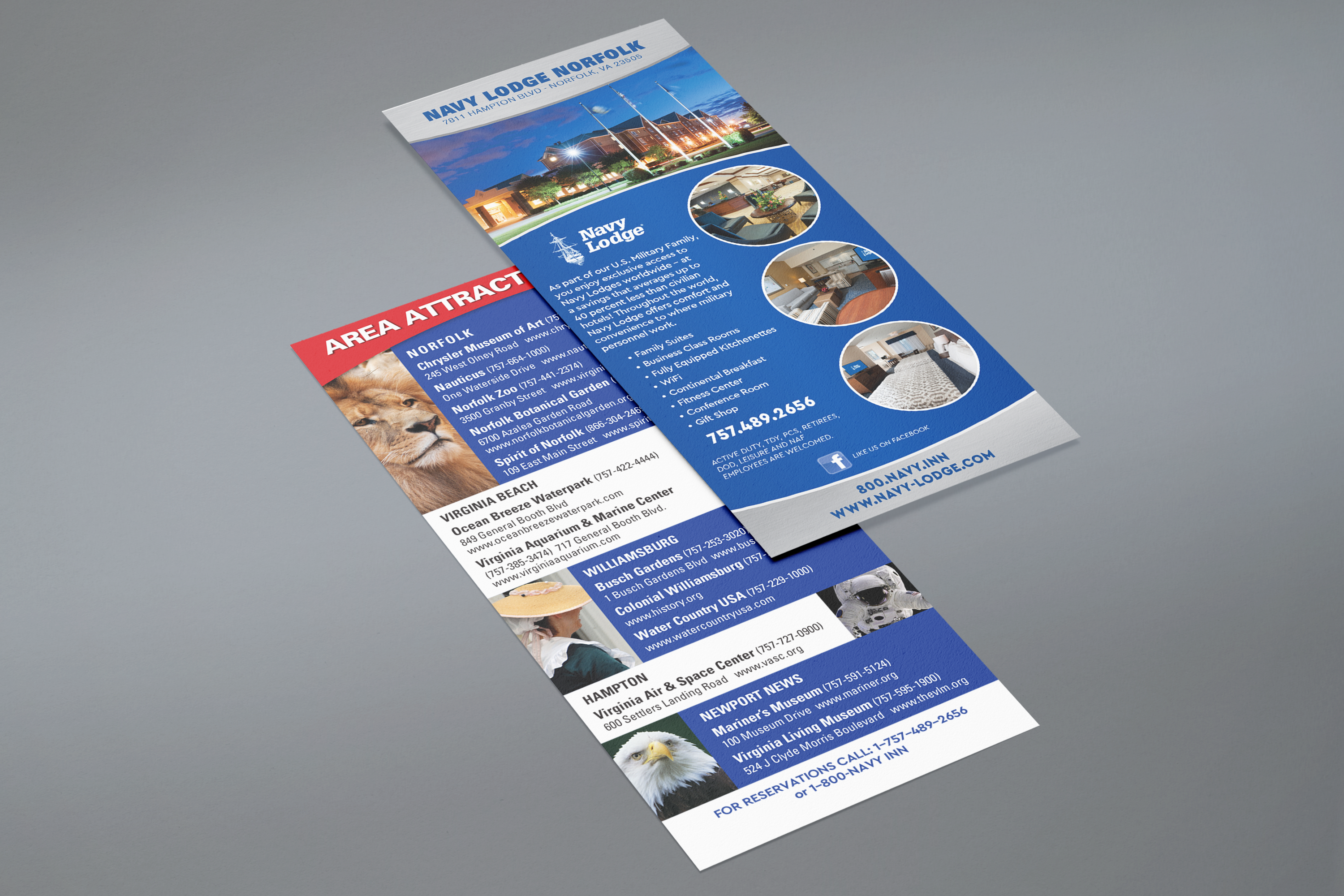
RACK CARDS

CUSTOM ILLUSTRATIONS
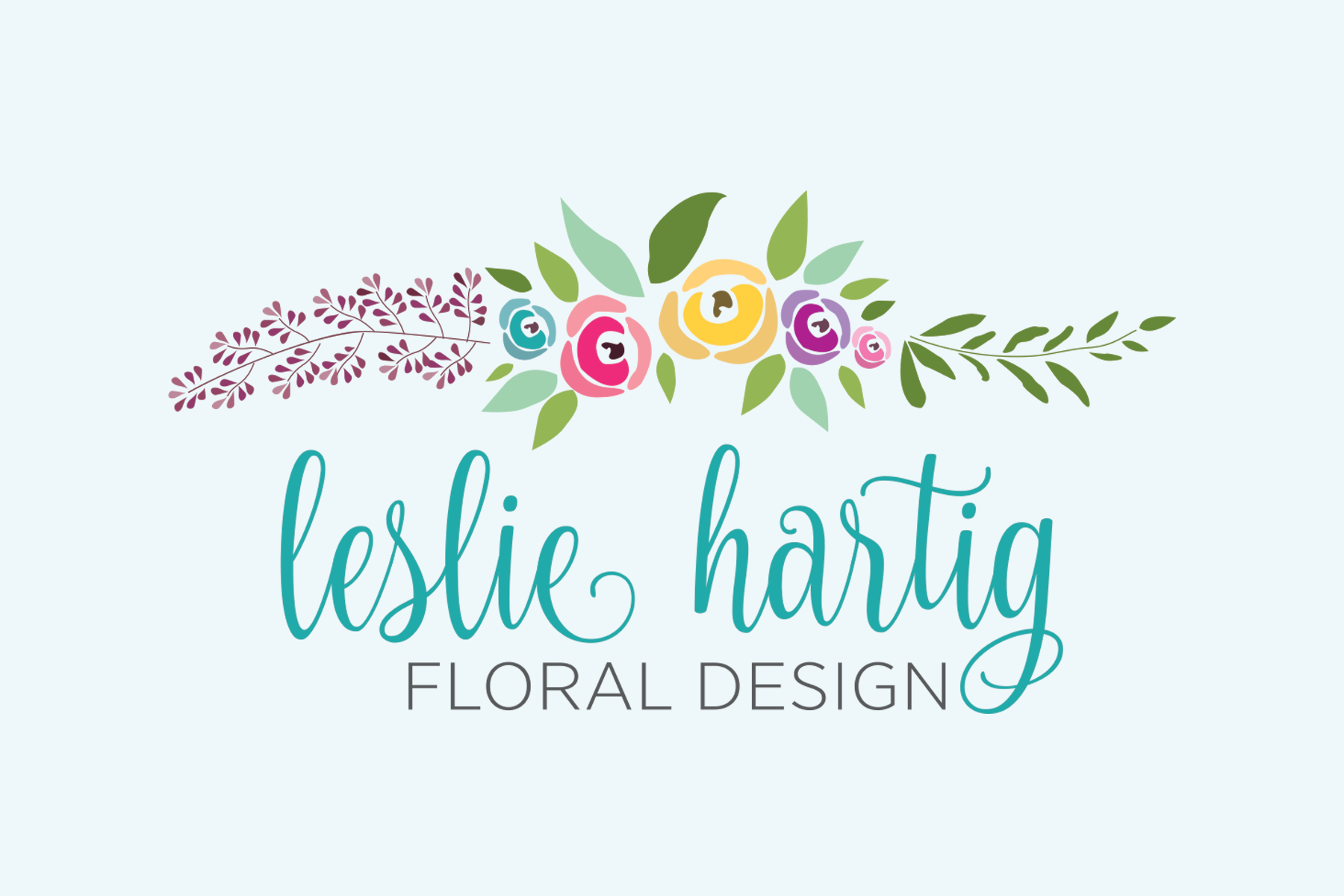
LOGOS
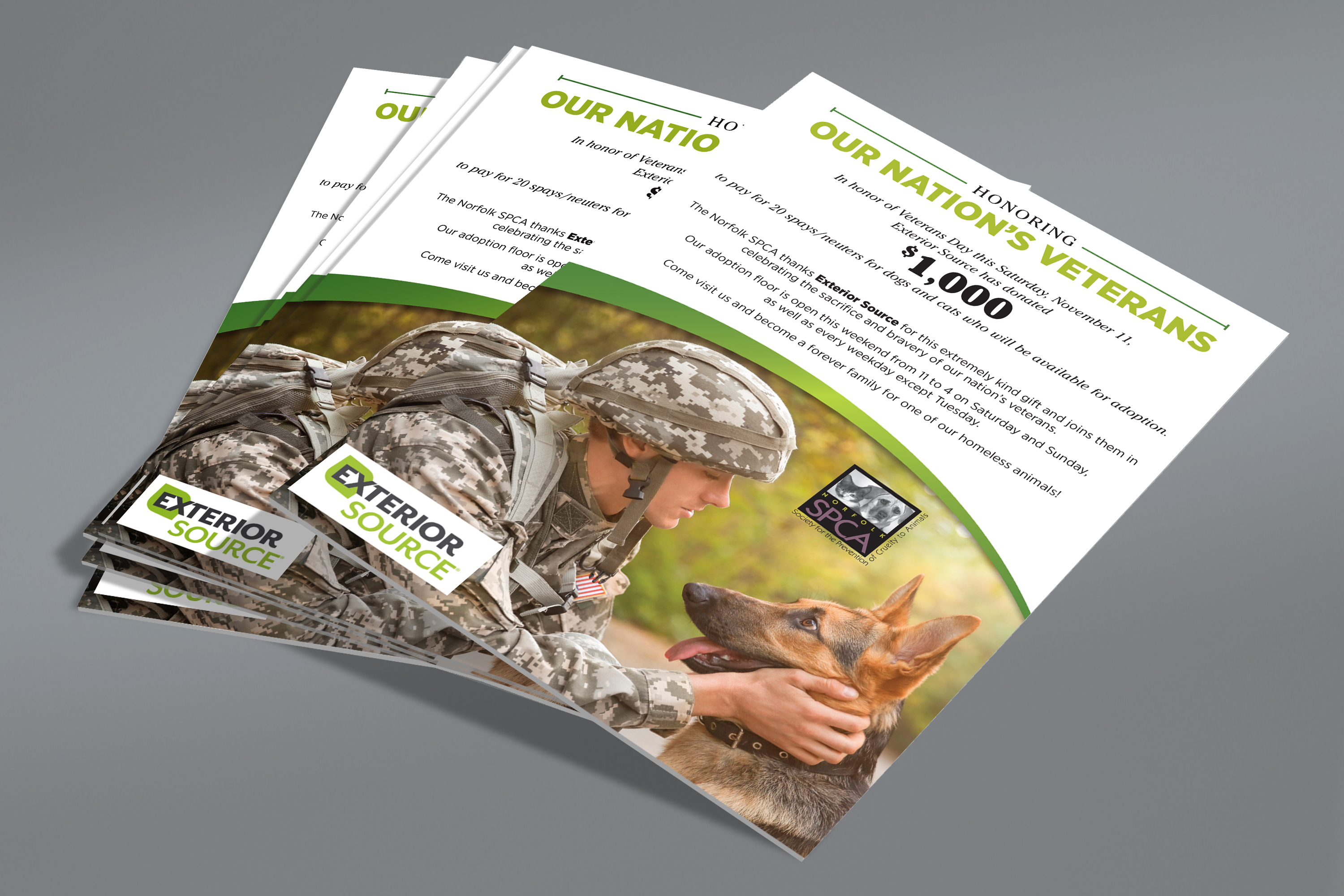
FLYERS

SIGNAGE
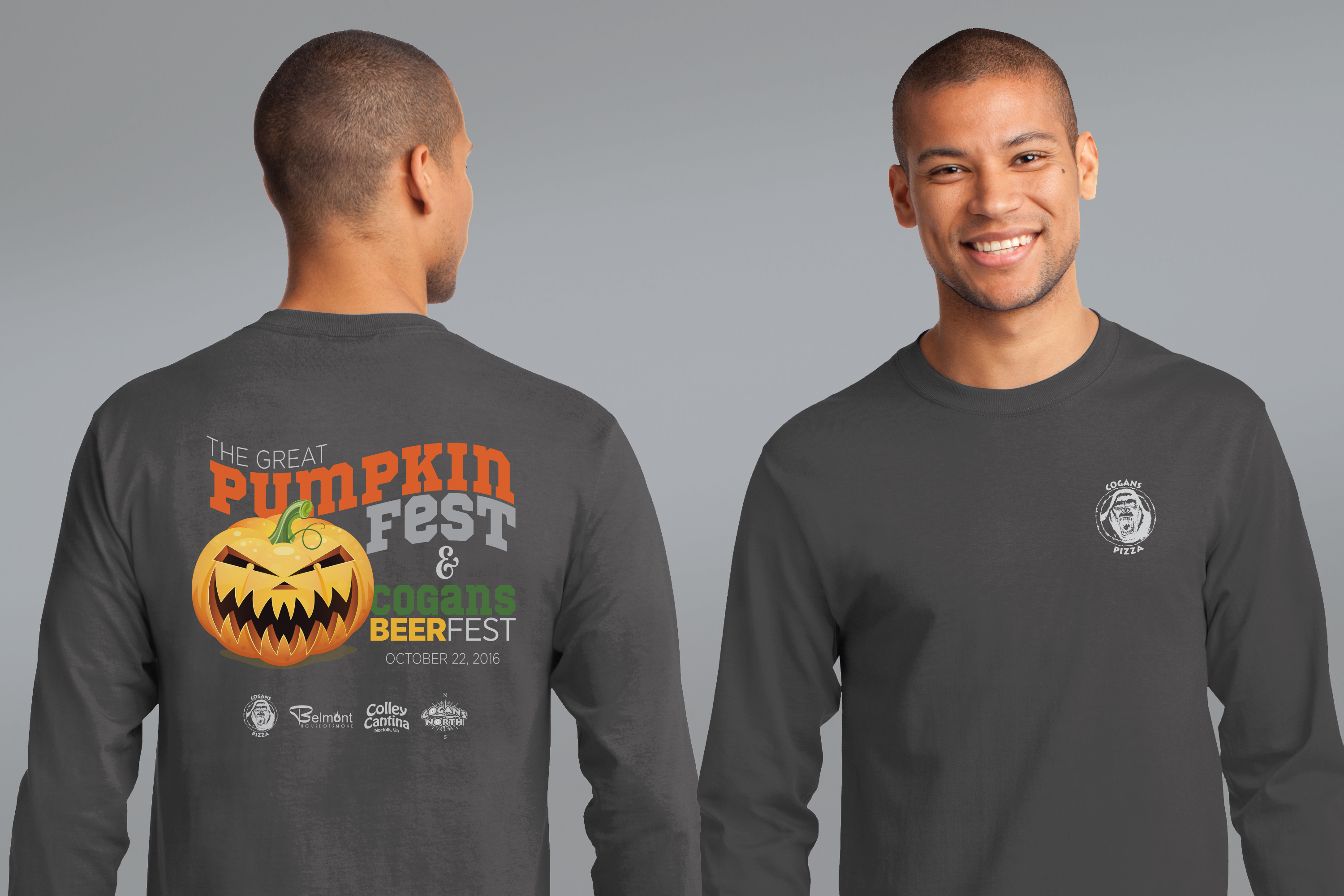
APPAREL

WEB ADVERTISING
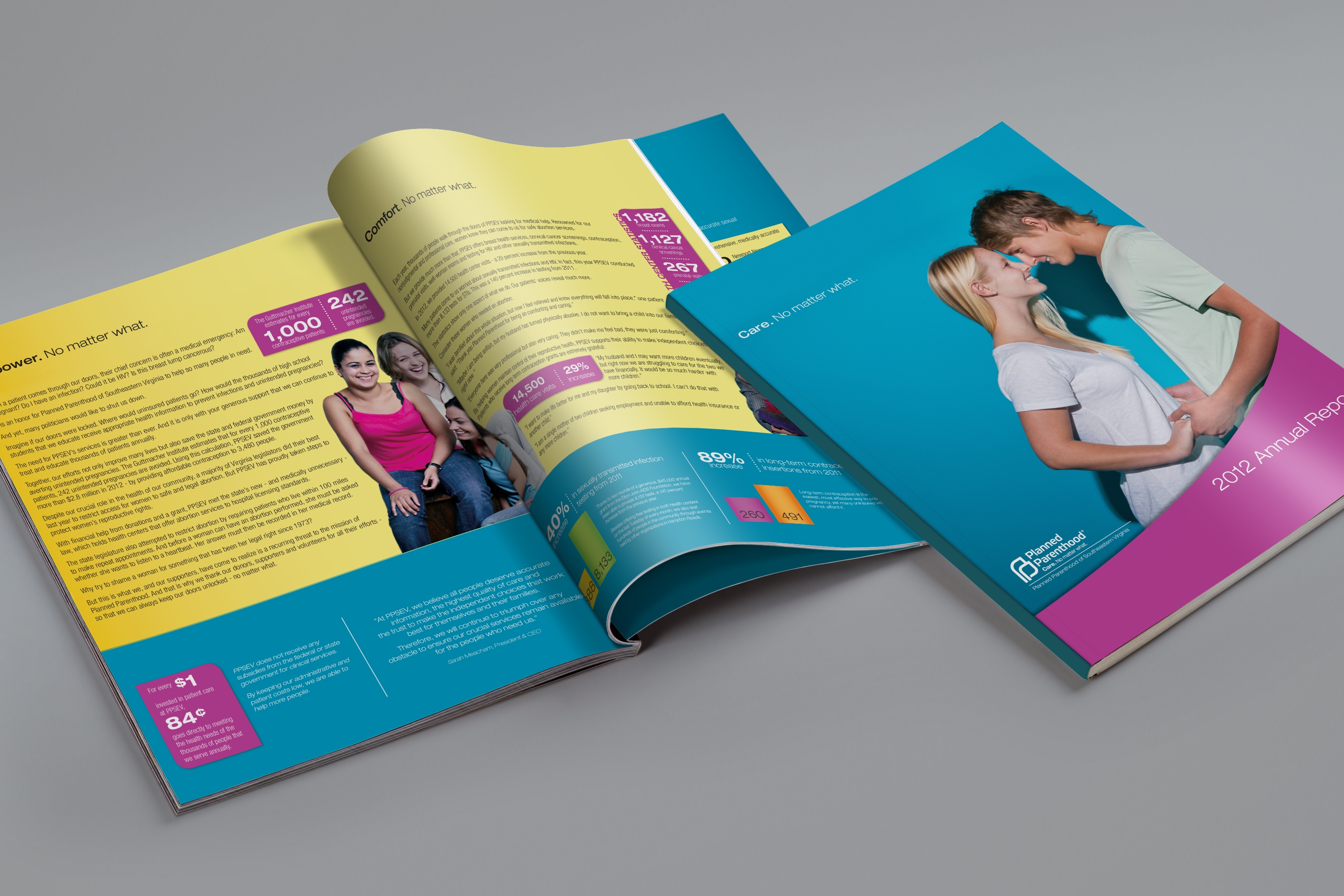
ANNUAL REPORTS / NEWSLETTERS
Promotional Products Glossary
Artwork
Any black and white or color original prepared for reproduction. Also called mechanicals.
Blind Embossing
A design which is stamped in a promotional product without metallic leaf or ink giving a bas-relief effect..
Bitmap
A digital representation of an image in which the sense of each binary bit indicates whether the corresponding point of the image is black, white or a color.
Bleed
The area of illustrations, solids or rules which extends beyond the trimmed edge of a printed page and the extra width added to artwork to make bleeding possible.
Camera-ready copy
Mechanicals, photographs, and art fully prepared to be photographed for plate making according to the technical requirements of the printing or decorating process.
Cloisonne
Metal emblems that are stamped from a die. A colored paste made from ground glass is applied into the recessed areas of the emblem. The emblem is then fired at 1400 degrees and polished by stone and pumice to achieve brilliant color. Gullies and ridges separate each individual color, so fine lines between colors are difficult to achieve. This is considered a very high-quality product, and is slightly more costly than other alternatives. Used in emblematic jewelry and pins.
CMYK
Cyan, magenta, yellow, and black, the four process ink colors used in four-color process printing. Creating a color separation breaks an image into cyan, magenta, yellow, and black components, from which most colors can be reproduced. The theory, 100% of cyan, magenta and yellow create black. In practice, though, the addition of black ink (abbreviated R) is necessary to print a true black. See also RGB, subtracting primaries.
Coated Paper
One with a surface finished with a layer of china clay to give smoothness.
Color Matching
Specifying flat colors according to numbered samples on a color chart available from the printer or in a swatch book, such as Pantone. Process colors are usually specified in percentages of screens of the four colors, for example, XY 5M 2C 1K (X usually means 100%, so here it calls for 100% yellow, 50% magenta, 20% cyan, and 10% black). The letter K designates black to avoid confusion with the word blue, which is often used instead of cyan. Often the word red is used instead of magenta.
Color Separation
Strictly, the process of splitting full color artwork into its spot-color or its CMYK components, loosely, one or all of the separate process of film from which a multi-color version will be printed. This is known as a set of halftone negatives for making plates for 4-color process or spot color prin.
Debossing
The image is depressed into a material such as paper, leather or suede, so the image sits below the product surface. Ink may or may not accompany the stamp (color stamping).
Decal Transfer
A water-soluble decal, printed on an offset or letterset press, is submerged in water and slid onto the product to be imprinted. The decal is rubbed with a cloth or squeegee to remove any excess water and air from between the product and the decal. The product is then kiln-fired. Once fired, the decal becomes fused with the glaze. Hairline registration and superior reproduction of detail make it an excellent choice. This imprint withstands washing very well. This method is labor intensive, since each decal must be aligned and applied by hand. Used in when many colors and tight registration are desired on less than perfect porcelain, ceramic and glass products.
Die
A mold into which molten metal, plastic or other material is forced to make a special shape, such as pen barrels or rings. Also a tool made of very hard material used to press a special shape into or onto a softer material such as coins and emblems.
Die-casting
Molten metal is injected into the cavity of a carved die (a mold).
Die Cutting
The use of sharp steel blades to cut special shapes from printed sheets.
Die-Stamp
Steel plate engraved with desired image used to “stamp” (apply) gold or silver leaf.
Die-Struck (Die-Stamp)
A die is used to press an image into a softer metal such as brass or gold. The die is put into a press, and the press is released and actually squeezes the metal into the recess of the die making the imprint on the metal. The height of detail is not as deep as casting; the letters and /images are shorter. Fine detail and deep /images cannot be achieved because the lines and gullies in the die may break during the striking process. Used in metals such as medals, coins and belt buckles.
Digitizing
To translate analog information (an unstructured form such as a contone image) into digital information which can be represented by values within a computer file. A photograph is digitized in a modern graphics system by a scanner.
DPI
Dots per inch indicates screen or printer resolution. A single figure (e.g.,: 1270 dpi) means dots per linear inch both vertically and horizontally, while two figures (e.g.: 400 x 800 dpi) indicate horizontal and vertical resolutions respectively. See also LPI, PPI.
Embossing
Stamping an image on a material, such as paper, leather or suede, so the image rises above the surface of the object. As in debossing, ink may or may not accompany the stamp.
Embroidery
A design stitched onto a material through the use of high speed, computer controlled sewing machines. The design is reproduced with tightly-stitched thread. Embroidery is most commonly used on logo patches and directly on some wearables. Fine detail is difficult to achieve.
Engraving
The cutting or etching of designs or letters on metal, wood, glass or other materials. There are three engraving techniques. hand-engraving, hand-tracing, and computerized laser engraving. Engraving is performed with a diamond point or rotary blade that cuts into the surface of the product. Engraving offers a permanent imprint that will not wear off because it is cut into the metal base. Used in metals such as trophies, pens and nameplates.
Etching
The product to be imaged is coated with a resist (a protective coating that resists the acid). An image is exposed on the resist, usually photographically, leaving bare metal and protected metal. The acid attacks the exposed metal thus leaving the image etched into the surface of the metal. Very fine lines can be reproduced by this process and the only tooling is a piece of film, so spec samples are easily-made.
Flexography
A flexible rubber plate is wrapped around a cylinder for speed and control. As the paper moves under the printing plate, it is pressed against the printing plate by another roller, and the ink is transferred onto the paper. A separate plate is needed for each individual color. Typically done on less expensive materials than screen printing. The inks are very thin and not as durable as those used in screen printing.
Font
The collection of a typeface including the lower case, caps, numbers and special characters having unified design. This can be an important consideration when copy includes foreign terms or names with special characters. The different kinds and quantity of characters in a font will vary according to the manufacturer of the typesetting system.
Four-Color Process
The reproduction of full-color artwork through the combination of four process ink colors – magenta (red), cyan (blue), yellow and black – in specified intensities. Colors are separated into individual color plates so that when printed in register, they produce a full-color illustration. Four-color separations refer specifically to the process colors: magenta, cyan, yellow and black.
Fulfillment
The process of packaging and shipping an order for a distributor. Fulfillment may be performed by a supplier, a distributor or an independent fulfillment house.
Gradients (also called Graduated tints or shades)
A term used to describe the pattern of shades or tints including mixtures of different colors that change from one color to another, or highlight to shadow or vice versa.
Grayscale
The range of tones from black to white, usually in the context of computer graphics. A Grayscale scanner is used to convert the continuous tones of a black & white image (such as a photograph) into digital information specifying gray levels.
Glass Etching
A process in which a piece of glass is covered with a template that has a design cut out of it. The glass is then sandblasted while the
portion of the item not covered by the template is protected. The template image is thus etched into the glass.
Halftone
The reproduction of a continuous tone artwork (such as a photograph) done by filtering light through a screen that converts the image into a pattern of dots of varying size.
Heat Transfer Printing (Direct Transfer Process)
Image is screened on a transfer substrate which is then laid directly on the material to be imprinted. The image is then “transferred” from the substrate to the material through the use of heat and pressure. Works best on cotton and cotton blends.
Heat Transfer Printing (Sublimation)
A process in which a design is transferred to a synthetic fabric by heat and pressure. The heat causes the inks to turn into a gas so that they penetrate the fabric and combine with it to form a permanent imprint.
Hot Stamping
Method is which type or designs in the form of a relief die are impressed with heat and pressure through metallic or pigmented foil onto the printed surface. It is used to decorate fabric, leather, paper, wood, hard rubber, coated metal and all types of plastic. Hot stamping is a “dry” imprinting process meaning the object can be handled immediately after the stamping without fear of smearing the imprint.
Imprint area
The allowable portion of a promotional product reserved for the printed advertising message.
Laminated
Coated with a clear plastic or two separate sheets of paper joined together as a single sheet to provide a special thickness or varying colors from side to side.
Laser Engraving
A process in which an optically-read or stenciled art/copy is engraved (burned) into a material by a laser beam. Wood is the most common lasered material, but acrylic, some plastics, marble, leather and paper are also used. Metal requires specialized lasers.
Lenticular Printing
A process of creating multi-dimensional, animated or bi-view effects by photographing with an extremely fine screen and placing plastic made up of tiny lenses over the top. Sometimes called xography.
Letterpress Printing
The original method of mechanical printing, still used though to a lesser extent, based on relief printing. In other words, the ink is transferred from raised metal or rubber to the receiving surface. Also called rubber-plate printing.
Litho (Lithography)
A generic term for printed material. Most typically used to refer to offset printed paper that is intended to be mounted to a display.
Logos/Trademarks A firm’s registered symbol, outline, drawing, picture, brand, abbreviation or unusual type style of letter, word or brand name. Used in identifying and advertising and becomes recognized as synonymous with that particular company, brand or service.
Offset Lithography (OFFset Printing)
A printing method in which an inked image on a flat plate is transferred to a rubber surface before being pressed on the printing surface. The plate surface is treated to accept greasy ink in image areas that resist water and to accept water in non-image areas while resisting ink. In this method of printing, the ink is less likely to rub off after an object is handled as often happens with letterpress printing.
Overrun
An additional number of products in excess of what was originally ordered. Five to ten percent is generally considered customary and acceptable.
Pantone
Pantone, Inc.’s check-standard trademarks for color reproduction and color reproduction materials. The PANTONE MATCHING SYSTEM (sometimes referred to as “PMS”) identifies over 500 colors and the formulas for creating inks in those colors. Four-color process printing can only approximate many of these colors. You can select PANTONE Colors in various illustration and desktop publishing software programs.
Photo Etching (Metal)
Process in which an illustration and/or copy is imprinted into metal, usually aluminum, by acid and then sealed by an anodizing process. This is popular for awards and plaques.
Pixel
The basic unit which a scanned or output image is divided into. For contones each pixel also has a grey level component. The number of pixels per inch in an image that can be captured by a scanner or that can be output by an imagesetter or LaserWriter is referred to as their resolution.
Plate
An image carrier, rubber or metal which transfers the ink to the printing surface.
Pre-Production Proof
A product imprinted with the specified design and copy of an issued purchase order. Its purpose is to clarify the appearance of the product and the imprint prior to manufacturing.
Premium
A product or service offered free or at a reduced price if the recipient performs some task, such as purchasing an item, meeting a sales quota, etc. Usually consumer-related
Process Colors
The four ink colors used in four-color process printing: cyan, magenta, yellow, and black. See also CMYK
Point-of-Purchase Advertising (POP)
Advertising materials – displays, cards, etc. – which are placed within retail stores at the place where purchases are actually made.
Process-color inks
Three subtractive primaries used in conjunction with black to reproduce full-color originals. Process yellow reflects red and green light and absorbs blue light. Cyan (blue) reflects blue and green light and absorbs red light. Magenta (red) reflects red and blue light and absorbs green light.
Promotional Products
Useful items that can be imprinted with the name of a company or individual and given free to the end user without obligation.
Puff Prints
A screening process, using “puff inks.” After screening, the product is exposed to heat. A chemical additive in the ink will cause the ink to rise as it is heated to dry. This process must be used on a cotton weave material where the ink has something to latch on to. Therefore, it cannot be used on nylon. Used on wearables, such as caps and hats,
T-shirts.
Rasterization
The conversion of computerized image data into tiny dots. Raster dots are distinct from halftone dots: everything on a rasterized page, whether a solid area of a halftone, is made up of raster dots. For instance, when an image-setter rasterizes and prints and entire page at 2540 dpi, including a 150-LPI halftone., each halftone dot is composed of thousands of raster dots.
Register / Registration
Positioning of elements in printing so their /images will be located precisely as desired on the printed sheet especially with reference to applying additional colors.
Resolution
The number of dots available to represent graphic detail in a given area. On a computer screen, resolution is measured in pixels per (liner) inch, or ppi; on a printer, it’s measured in dots per (linear) inch, or dpi, on a scanner, in pixels or dots per (linear) inch; and in a halftone, in lines per (linear) inch, or LPI. The sharpness of definition of a digitized image depends on the number of PPI, DPI, or LPI.
Reversing Out
Printing a white image on a solid background or tint panel.
RGB
Red, green, and blue, the additive primaries; RGB is the basic additive color model used for color video display, as on a computer monitor. Mixing various percentages of red, green, and blue light can recreate most of the spectrum; combining 100% of all three creates white light.
Screen Process Printing
A method in which image is transferred to the surface to be printed by means of ink squeezed by a squeegee through a stenciled screen stretched over a frame. Screens are treated with a light-sensitive emulsion, and then the film positives are put in contact with the screens and exposed to a strong light. The light hardens the emulsion not covered by the film leaving a soft area on the screen for the squeegee to force ink through. Screen printing is capable of printing on irregular shaped objects. Glass, plastic, fabric and wood are popular materials on which to screenprint. Also called “silk screening.”
Set Up and Running Charges
Special charges added to certain products that are priced in the catalog without printing included in the price. The set-up charge covers the cost of preparing type for the copy on the press; the running charge covers the actual printing.
Specialty Advertising
Another, older name for promotional products.
Spot Color
A color applied to text or graphics (rather than derived through color separation). A spot color can be achieved by the addition of a specially mixed ink (often as a second color with black), or simulated by specifying percentages of cyan, magenta, yellow and black inks (in a four-color job). When printing using processes that do not rely on 4-color process, spot colors are often chosen from swatch libraries, such as Pantone or Toyo. Some printers offer their own “house” colors.Step and Repeat: The same image is printed continuously in a pattern on the same sheet of paper.
TIFF
Tag Image File Format, a file format for exchanging bitmapped and grayscale images (usually scabbed) among applications. Care must be taken when using TIFF as many different standards have been created, not all of which are compatible with each other.
Thermography
A process for imitating copperplate engraving, such as on calling cards, by dusting the freshly printed ink surface with resin powder which, when heated, fuses with the ink to form a slightly raised surface. The finished product is very similar to embossed printing in feel and appearance but is much less expensive.
Typesetting
Text generated in a recognizable typeface.
Vector Graphics
A method of image generation using a number of straight lines and/or arcs of different length and angular orientation.
